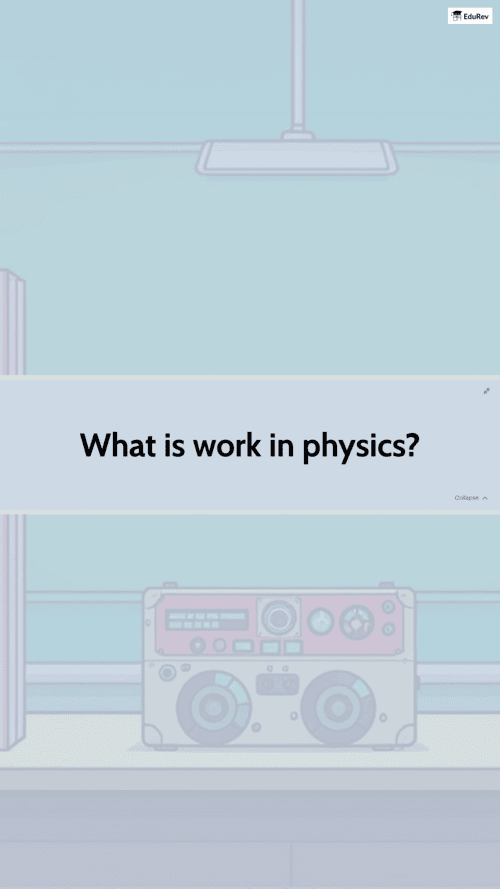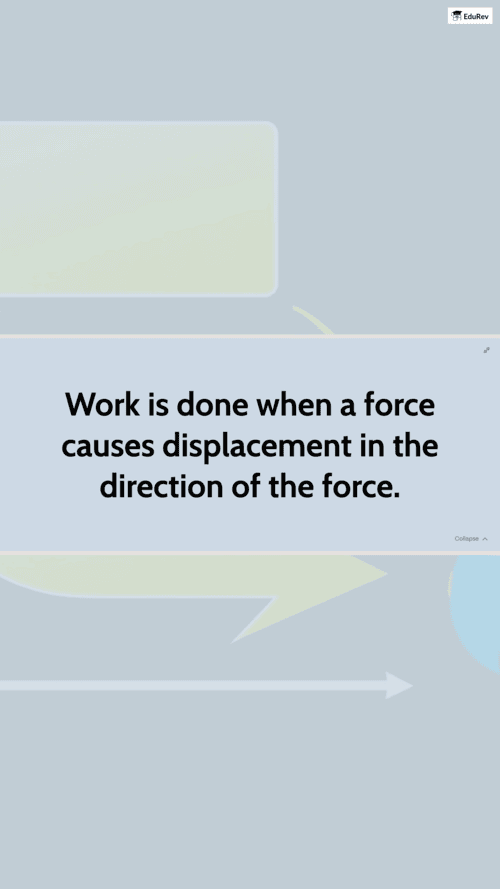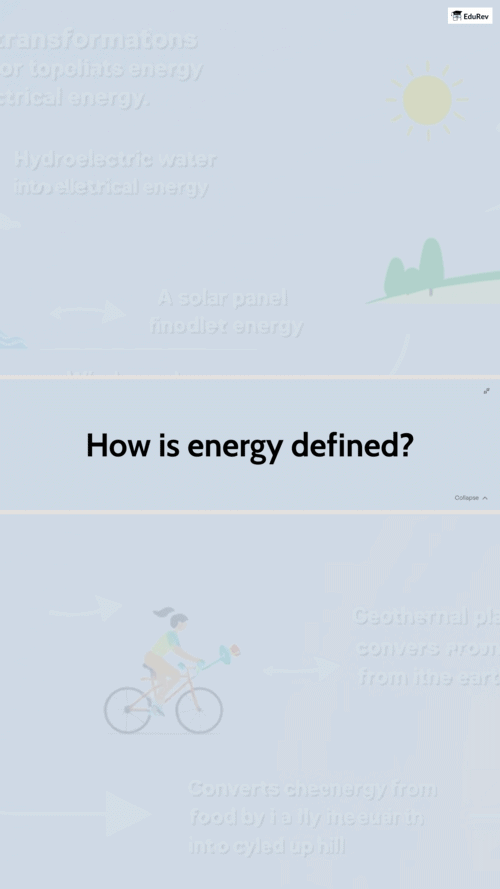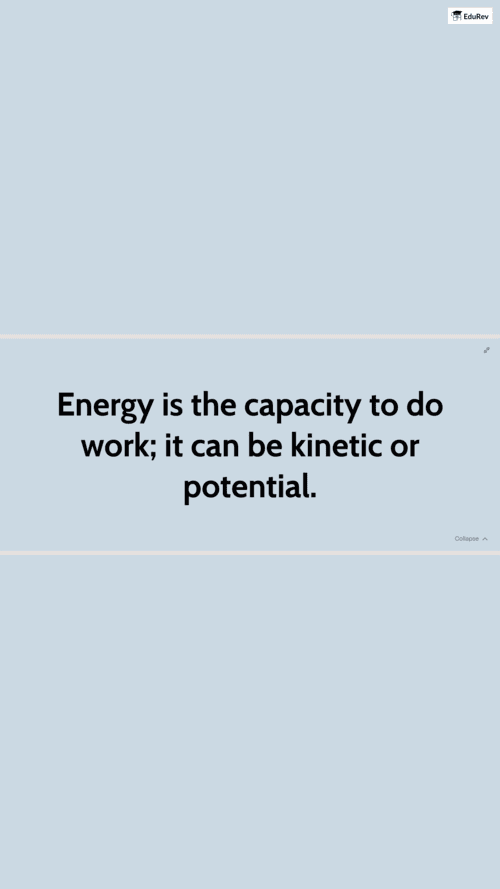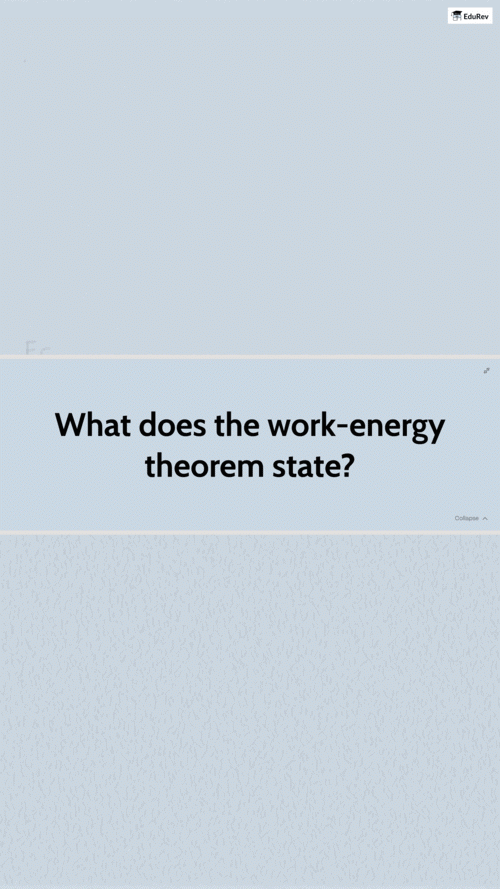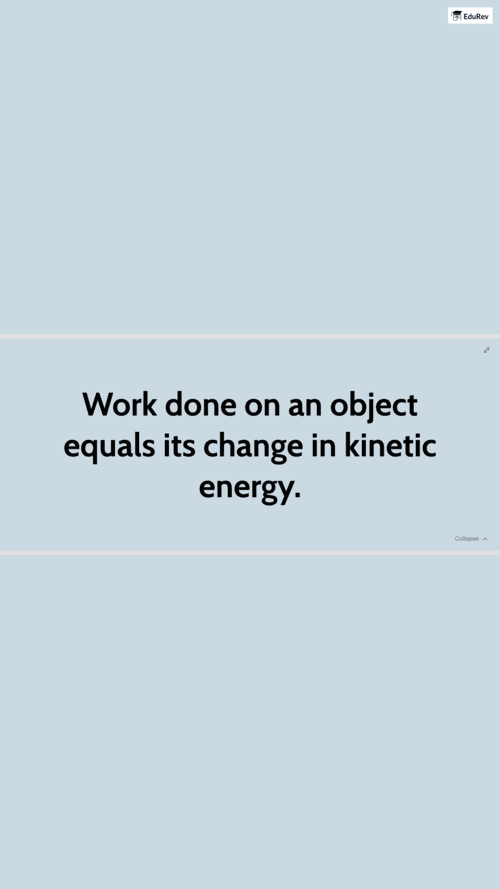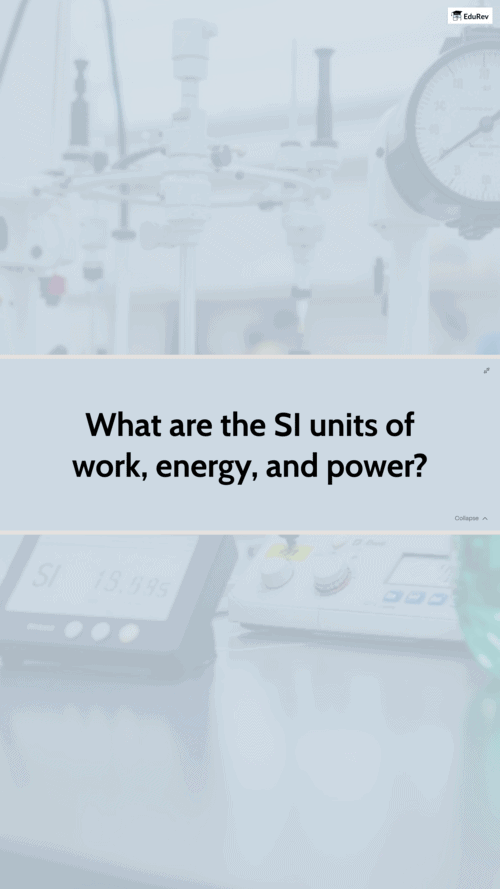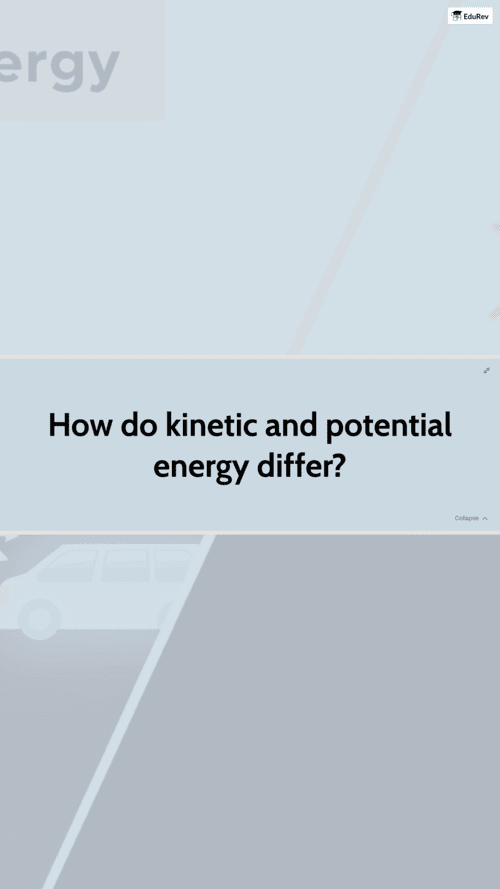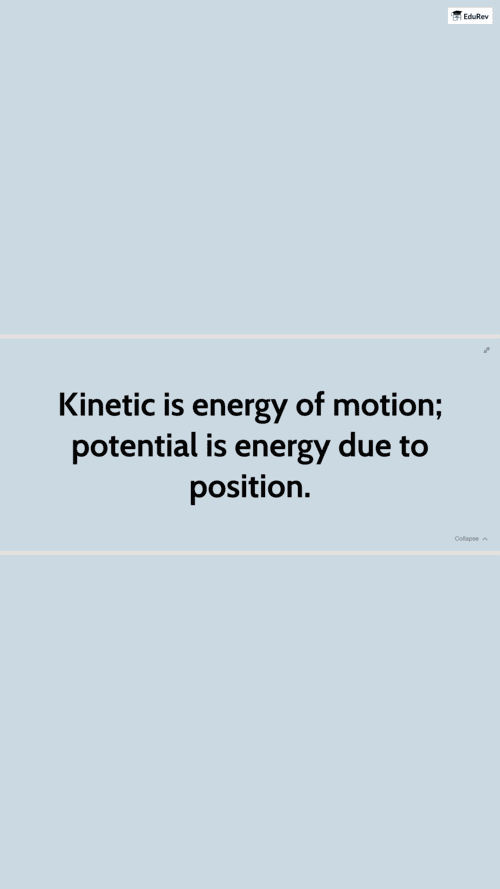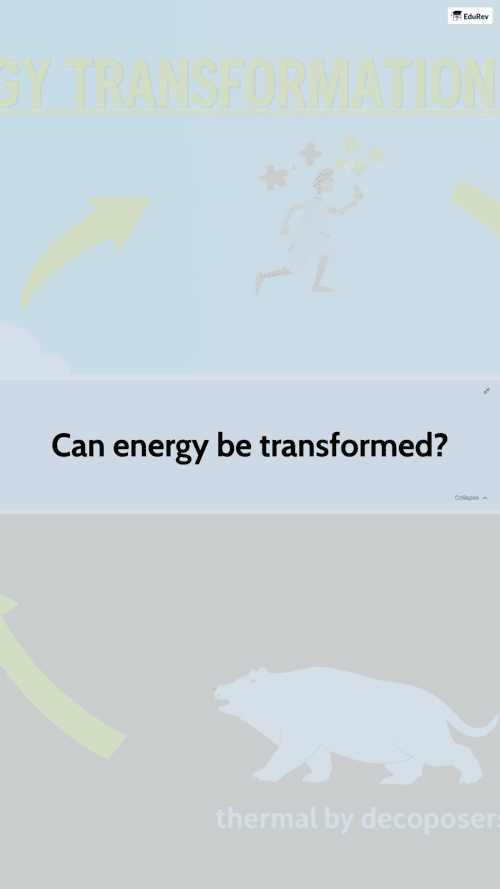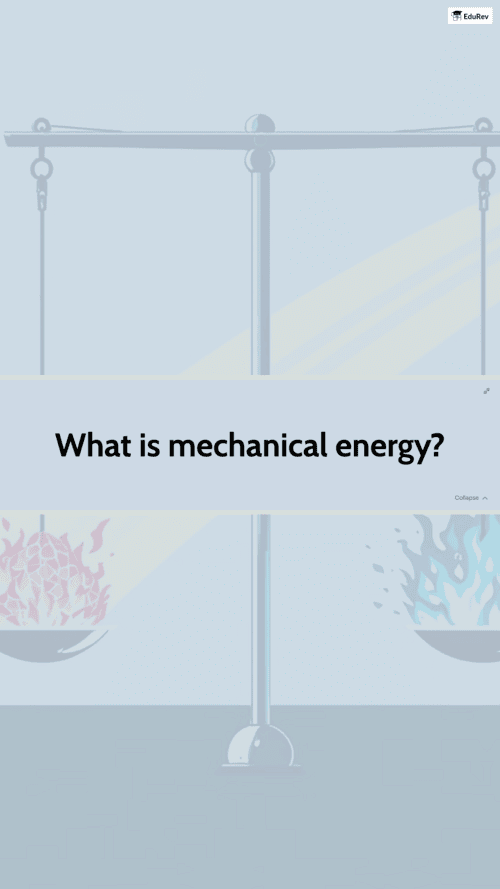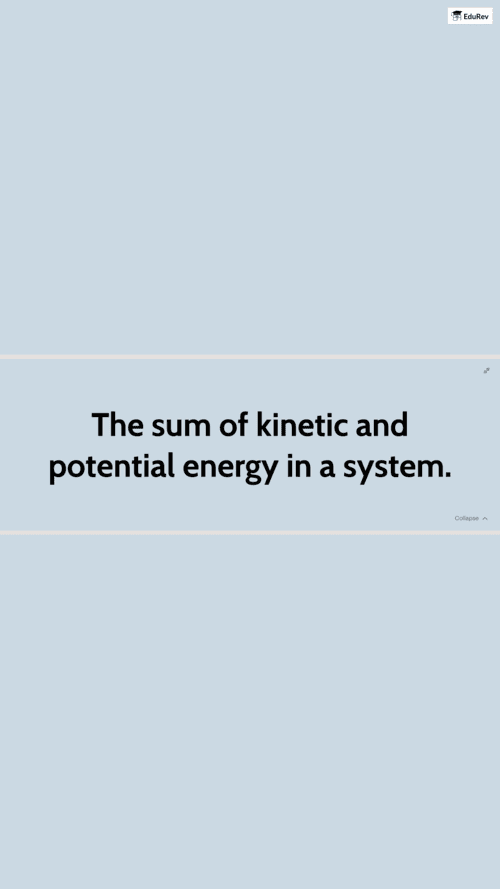 Unlock all Flashcards with EduRev Infinity Plan Starting from @ ₹99 only
|
CTET & State TET Exam > Science & Pedagogy Paper 2 for CTET & TET Exams > Flashcards: How Things Work
|
35 videos|145 docs|32 tests
|
FAQs on Flashcards: How Things Work Flashcard - Science & Pedagogy Paper 2 for CTET & TET Exams - CTET & State TET
| 1. What are the basic principles of how machines work? |  |
Ans. Machines operate on fundamental principles such as force, motion, and energy conversion. They take in energy, which may be in the form of electrical, mechanical, or thermal energy, and transform it to perform work. For instance, a simple lever amplifies force, while a motor converts electrical energy into mechanical motion.
| 2. How do simple machines make work easier? |  |
Ans. Simple machines, like levers, pulleys, and inclined planes, reduce the amount of force needed to perform a task by increasing the distance over which the force is applied. This mechanical advantage allows users to lift heavier loads or move objects more easily, demonstrating the efficiency of mechanical systems.
| 3. What role does friction play in the operation of machines? |  |
Ans. Friction is a force that resists the relative motion of two surfaces in contact. In machines, friction can be both beneficial and detrimental. It can provide necessary grip in moving parts, but excessive friction can lead to energy loss as heat, reducing efficiency. Engineers often design systems to minimize unwanted friction while maximizing its useful effects.
| 4. How do electrical machines convert energy? |  |
Ans. Electrical machines, such as motors and generators, convert energy through electromagnetic principles. Motors convert electrical energy into mechanical energy by using magnetic fields to create motion, while generators take mechanical energy and convert it into electrical energy through the movement of conductors within a magnetic field.
| 5. What are the environmental impacts of machines and technology? |  |
Ans. The environmental impacts of machines and technology include resource consumption, pollution, and waste generation. Production and operation of machines can lead to the depletion of natural resources and emissions of harmful substances. Sustainable practices, such as energy efficiency and recycling, are crucial to mitigate these impacts while maintaining technological advancement.
Related Searches




